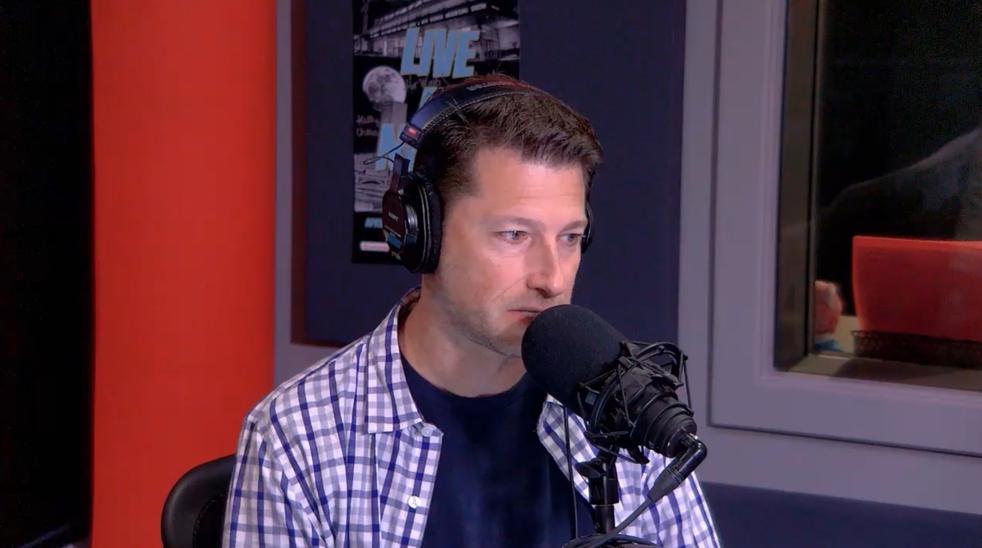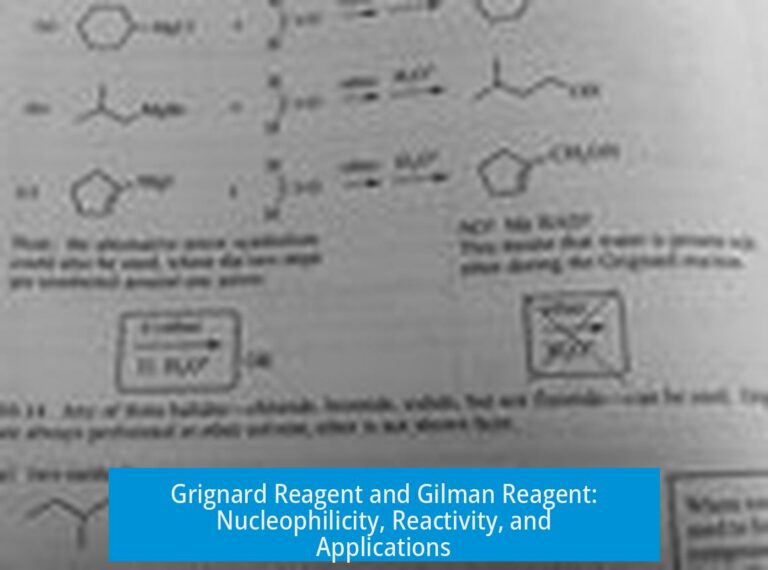How Can I Tell If My GFP Is Expressing?

To determine if Green Fluorescent Protein (GFP) is expressing, the primary approach is to check for fluorescence under a microscope equipped with appropriate filters that match GFP’s excitation and emission spectra. Additional methods include protein detection assays, plasmid verification, and testing expression conditions. This article offers a detailed guide to confirm GFP expression effectively.
1. Confirm Microscope Filter Compatibility
The first and most straightforward way to assess GFP expression is fluorescence microscopy. GFP fluoresces green when excited by blue light, specifically at around 488 nm wavelength.
- Check if your microscope’s filters match GFP’s excitation/emission spectra. Most microscopes have blue excitation filters and green emission filters designed for GFP detection.
- A common mistake is using filters for UV excitation (such as those for DAPI or BFP), which will not detect GFP fluorescence since GFP is excited by blue, not UV, and emits green light.
- If the microscope permits, switch to the green channel or appropriate FITC filter set to visualize GFP fluorescence.
If you see green fluorescence in your sample compared to controls, this indicates GFP expression.
2. Check for Protein Expression by Western Blot
Fluorescence alone may not confirm protein production. An alternative is to verify GFP fusion protein expression using Western blotting.
- Run a protein extract on a gel and transfer to a membrane.
- Use an antibody specific to your protein or GFP to detect the fusion protein.
- This approach verifies protein presence regardless of folding or fluorescence capability.
Western blotting confirms the synthesis of the correct fusion protein even if fluorescence is absent due to folding issues.
3. Verify Plasmid Sequence and Integrity

Failure to observe GFP can stem from plasmid sequence problems.
- Mutations in GFP coding regions or regulatory elements can block proper expression or fluorescence.
- Sequence the plasmid or at minimum the GFP and protein coding region to check for errors.
A verified sequence ensures the plasmid can produce functional GFP protein.
4. Consider Expression System and Plasmid Elements
The biological context of expression impacts GFP levels.
- Strong promoters like T7 usually drive robust GFP expression.
- Low copy number plasmids may yield insufficient protein amounts to detect.
- Check whether the vector requires induction (e.g., IPTG) to activate expression. Some vectors lack inducers or have different control elements.
- GFP expression might depend on fusion partner proteins at the N-terminus; lack of fusion could reduce stability or folding efficiency.
Make sure the expression system is properly set up for your plasmid and host organism.
5. Visual Detection in Bacterial Colonies (If Applicable)
For bacterial GFP expression, direct visualization is rapid and simple.
- Grow colonies on IPTG-containing plates if the plasmid requires induction.
- Use a UV light box or blue light transilluminator to view colonies.
- Compare fluorescent colonies to untransformed bacteria.
GFP-expressing bacterial colonies emit a distinct green glow indicating successful expression.
6. Alternative Products and Protocols

For ease and educational purposes, consider kits like Bio-Rad’s pGLO.
- Designed for undergraduate labs, these kits standardize GFP expression and visualization.
- Using such kits can minimize troubleshooting and validate your experimental workflow.
Summary of Key Points
- Use a microscope with blue excitation (~488 nm) and green emission filters to detect GFP fluorescence.
- Confirm protein expression by Western blot with GFP-specific antibodies.
- Sequence the plasmid to exclude mutations affecting expression.
- Ensure the plasmid has a strong promoter, proper copy number, and any needed induction system.
- Visualize bacterial colonies under UV or blue light for fluorescent signals.
- Consider standardized kits like pGLO for reliable GFP expression and detection.
How Can I Tell if My GFP is Expressing? A Practical Guide
Wondering if your Green Fluorescent Protein (GFP) is actually expressing? The answer lies in a few simple, but precise checks. From confirming your microscope setup to verifying your plasmid, here is an easy-to-follow roadmap to help you figure it out — no squinting required!
GFP is a powerful tool in the lab, but spotting its signal can sometimes feel like finding a needle in a haystack. No worries, understanding the basics sets you on the right path.
Step 1: Confirm Microscope Filter Compatibility

A classic rookie mistake? Using the wrong microscope filters. GFP, especially the popular enhanced GFP (eGFP), is excited by light around 488 nm — which is in the blue region, not UV. So, if you’re using filters made for UV-excited dyes like DAPI or BFP, your GFP glow will remain invisible.
Check your microscope! Does it have a green fluorescence channel to capture GFP’s characteristic green emission? Most modern scopes do, combining blue excitation with green emission filters, specifically tailored to eGFP. If not, your GFP isn’t the problem — it’s the setup.
Pro tip: UV excitation filters will show you blue fluorescence, but not GFP’s true green glow. So, don’t blame the protein; check your optics!
Step 2: Check Protein Expression by Western Blot
Not convinced by the fluorescence outcome? You can confirm GFP expression biochemically. Run a Western Blot using an antibody specific to your protein fused with GFP. This method directly shows if your fusion protein is made, regardless of fluorescent properties.
Seeing the right band at the expected molecular weight on your blot is the green light that GFP is expressed. No fluorescent signal? It might mean GFP isn’t folding properly or fluorescence is quenched — but your protein’s still there.
Step 3: Verify Your Plasmid Sequence and Integrity
Not all plasmids are perfect. Mutations can creep in, disrupting GFP folding or expression entirely. Sequencing your plasmid—especially the GFP part and its fusion junctions—helps confirm the genetic blueprint is intact.
Remember, proper folding is key to fluorescence. Even a single point mutation might quash the glow. So, it pays to double-check before spinning your wheels chasing fluorescent shadows.
Step 4: Consider Your Expression System and Plasmid Elements

Does your plasmid have a strong promoter like T7? That usually means robust GFP production—no need to squint or adjust exposure times endlessly. But watch out for low copy number plasmids. They might not crank out enough protein to light up your microscope.
Another twist: some plasmids need induction, like IPTG for lac operon systems. If your vector lacks an inducible promoter or you forgot the inducer, expression levels could be disappointingly low.
Also, note if your GFP is designed as an N-terminal fusion. Sometimes, GFP expression or fluorescence depends on what’s attached upstream; without the fusion partner, things might not work correctly.
Step 5: Visual Detection in Bacterial Colonies (If Using Bacteria)
Working with bacteria? Here’s an easy visual check: plate your colonies with IPTG and place the plate under a UV light box (yes, UV again—but just to excite GFP indirectly). Transformed colonies expressing GFP should glow a vivid green.
Untransformed controls remain dull. This quick side-by-side gives a clear yes or no on GFP expression. If colonies don’t glow, reevaluate induction protocol, plasmid construct, or filter compatibility.
Step 6: Try Alternative Products or Protocols
Struggling to see GFP? Don’t hesitate to try commercial kits like Bio-Rad’s pGLO. Designed for education labs, these kits streamline expression and offer well-validated protocols, reducing confusion and troubleshooting time.
Sometimes standardization is a lifesaver. Plus, these kits are great for learning the ropes, offering clear outcomes and faster success.
Putting It All Together: Are You Seeing Green Yet?
In summary, confirming GFP expression is a combination of right equipment, molecular checks, and understanding your plasmid setup:
- Use the correct microscope filters for eGFP (blue excitation, green emission).
- Run Western Blots for protein verification beyond fluorescence.
- Sequence your plasmid to rule out mutations in GFP or your fusion.
- Confirm promoter type, plasmid copy number, and induction status.
- Check bacterial colonies visually with induction and UV light.
- Consider standardized GFP kits if you’re just starting out or troubleshooting.
Each step offers a clue. When combined, they give a full picture of your GFP’s well-being and expression status. You’ll no longer wonder—your green glow will tell the story clearly.
Final Thought: What’s Next in Your GFP Journey?
Got your GFP expressing beautifully? Great! Now, think about applications: subcellular localization, protein tracking, flow cytometry tagging? Each use might demand slightly different detection strategies. Master these basics and adapt as you go.
And remember: science is as much an art as a protocol. Sometimes, a fresh pair of eyes or a new filter set can unlock mysteries that stubborn fluorescence holds. So keep your goggles ready and your curiosity sharper.





Leave a Comment